Lincoln Electric MIG Welder Power MIG 211i Review
- January 26, 2024
- 0 comment
Experience efficient welding with the POWER MIG® 211i MIG Welder, ideal for MIG and flux-cored welding. Its dual voltage capability (120V/230V) ensures it fits into any workspace with ease. In this review, I’ll share my personal experience with this machine, detailing its features, performance, and overall usability from a welder’s perspective.
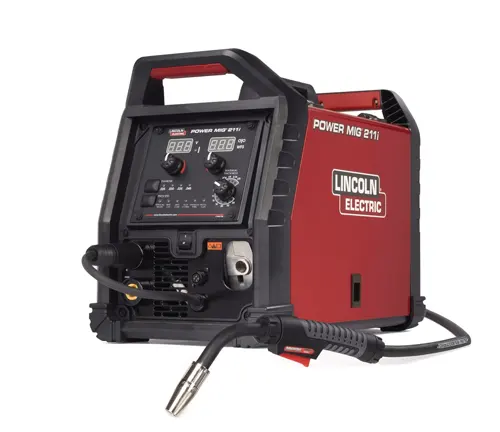
Lincoln MIG 211i Specs
- Model: Power MIG 211i.
- Processes: MIG, Flux-Cored, Stick.
- Voltage: 120V/230V.
- Output: Adjustable.
- Wire Speed: Variable.
- Portability: Compact.
- Interface: Digital.
- Build: Durable.
- Arc Quality: Smooth.
Unboxing and First Impressions
From the instant I received the Power MIG 211i, it was apparent that Lincoln Electric had dedicated considerable attention to its presentation and protection during transit. The packaging was meticulously executed, ensuring that each machine component was securely nestled and protected against any transit damages. This careful packaging not only preserved the equipment but also conveyed a sense of professionalism and quality. Upon unboxing, the first aspect that caught my attention was the exceptional build quality of the machine.
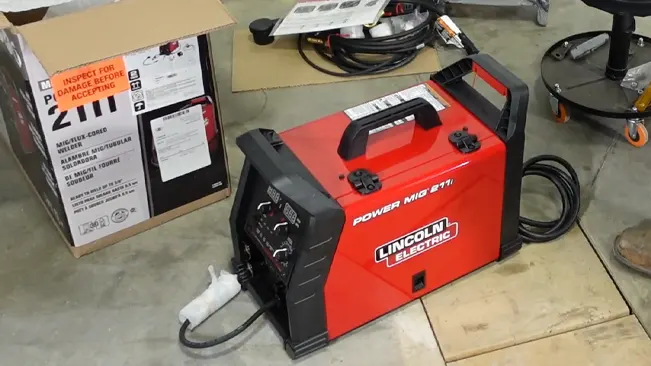
It exuded a sense of durability and robustness, indicative of a product designed for longevity and reliable performance. Despite its sturdy construction, I was pleasantly surprised by its compactness, a feature that belied its powerful capabilities. This compact design suggested a thoughtful consideration of space efficiency, making it an ideal fit for various workspaces without compromising on its functional prowess. The initial impressions of the Power MIG 211i painted a picture of a well-crafted, durable, and efficient machine, promising both performance and practicality in its application.
Setting it Up

Setting up the Power MIG 211i was straightforward. The user manual was clear and concise, making it easy for me to get the machine up and running quickly. I appreciated the simplicity of the setup process, which is a big plus for both beginners and experienced users.
Performance and Versatility
I put the Power MIG 211i to the test on various projects, working with different materials and thicknesses. The machine’s versatility was impressive. It handled everything from thin sheet metal to thicker steel plates with ease. The smooth arc start and stable welding arc were standout features, allowing for clean, spatter-free welds.
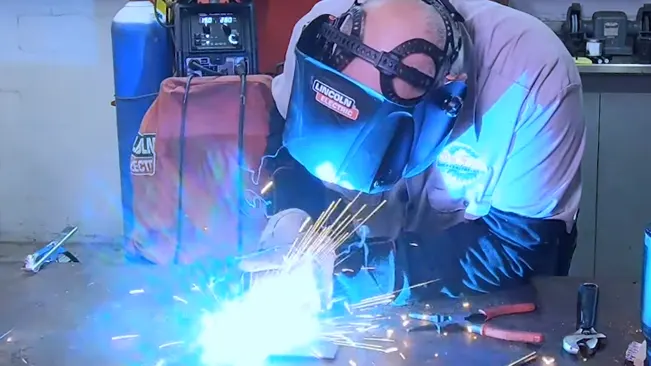
One of the aspects I particularly liked was the dual voltage input (120V/230V), making it adaptable to different power supplies. This flexibility is a huge advantage for someone who moves between workshop and fieldwork.
User Interface and Control
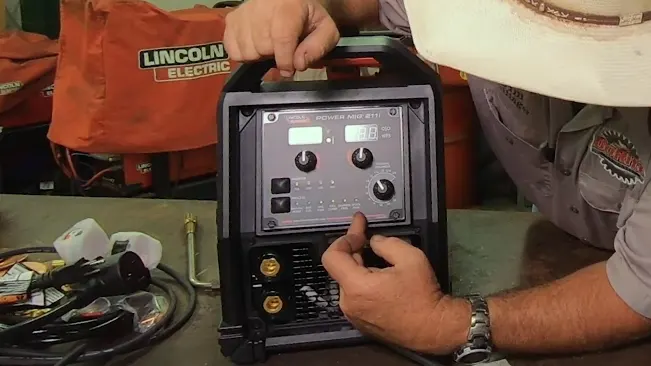
The digital control interface is intuitive and user-friendly. Adjusting the settings for different materials and thicknesses was a breeze. The machine offers a range of welding processes (MIG, Flux-Cored, and Stick), and switching between them was seamless. This adaptability makes it an all-rounder for various welding needs.
Key Features
- Multi-Process Capability: Supports MIG, Flux-Cored, and Stick welding processes.
- Dual Voltage Input: Operates on both 120V and 230V power supplies, enhancing flexibility.
- Digital Control Panel: Intuitive and user-friendly interface for easy adjustments and settings control.
- Portable Design: Compact and robust build, suitable for various work environments and easy transportation.
- Adjustable Welding Output: Versatile output settings to handle different materials and thicknesses.
- Smooth Arc Performance: Ensures high-quality, spatter-free welds with a stable welding arc.
- Variable Wire Feed Speed: Allows precise control over the welding process.
- Durable Construction: Built to withstand rigorous use in professional settings.
- Overheat Protection: Safety features to prevent damage from overheating.
- Comprehensive Accessory Kit: Comes equipped with necessary accessories to start welding.
Comparison Table to with Other Model
| Feature/Aspect | Lincoln Electric Power MIG 211i | Miller Millermatic 211 |
|---|---|---|
| Welding Processes | MIG, Flux-Cored, Stick | MIG, Flux-Cored |
| Input Voltage | Dual (120V/230V) | Dual (120V/240V) |
| User Interface | Digital Control Panel | Auto-Set Control & Manual |
| Portability | Compact, Slightly Heavier | Lightweight, Highly Portable |
| Performance | Smooth Arc, Stable Welding | Smooth Start, Low Spatter |
| Build & Durability | Robust, Durable | Sturdy with Aluminum Drive |
| Price Range | Mid to High | Mid to High |
| Suitability for Users | Professionals & Hobbyists | Professionals & Hobbyists |
| Wire Feed Speed | Variable Control | Advanced Auto-Set |
| Additional Features | Overheat Protection, Accessory Kit | Thermal Overload Protection, Quick-Select Drive Roll |
Miller Millermatic 211 Specifications
- Model: Millermatic 211.
- Processes: MIG, Flux-Cored.
- Voltage: 120V/240V.
- Output: Auto-Set and Manual Adjustment.
- Wire Speed: Advanced Auto-Set.
- Portability: Lightweight and Portable.
- Interface: User-Friendly with Auto-Set Control.
- Build: Sturdy with Cast Aluminum Drive System.
- Arc Quality: Smooth Start, Low Spatter.
In our hands-on review, we’re comparing the Lincoln Electric Power MIG 211i and the Miller Millermatic 211. Both cater to professionals and hobbyists, offering MIG and Flux-Cored welding processes with dual voltage inputs. Notable differences include the Lincoln Electric’s precise digital control panel versus the Miller’s Auto-Set Control and Manual options. Portability-wise, the Lincoln Electric is compact but slightly heavier, while the Miller is impressively lightweight. The Lincoln Electric delivers a stable arc, while the Miller offers a smooth start with minimal spatter. Build quality varies, with the Lincoln Electric being robust and the Miller featuring a sturdy frame with an aluminum drive. Prices fall within the mid to high range, and additional features differ, with the Lincoln Electric providing overheat protection and an accessory kit, while the Miller offers thermal overload protection and a quick-select drive roll feature, making your choice depending on your specific welding needs and preferences.
Lincoln Electric MIG Welder Power MIG 211i Pros and Cons
Pros
- Versatile for MIG and flux-cored welding.
- User-friendly with simple controls.
- Highly portable.
- Reliable for farm and small shop use.
- Affordable and budget-friendly.
Cons
- Limited welding process options.
- Not suitable for heavy industrial tasks.
- Lacks advanced features.
- Basic controls may limit precision for experienced welders.
Maintenance for Lincoln Electric MIG Welder Power MIG 211i
Step 1: Safety First Before you begin any maintenance, ensure that the welder is powered off and disconnected from the power source. Also, wear appropriate safety gear, including gloves and eye protection.
Step 2: Clean the Exterior Regularly wipe down the exterior of the welder with a clean, dry cloth to remove dust, dirt, and debris. Pay special attention to the ventilation and cooling areas to prevent overheating.
Step 3: Check the Cables Inspect the power cord and welding cables for any signs of damage, such as fraying or exposed wires. Replace any damaged cables immediately to prevent electrical hazards.
Step 4: Clean or Replace the Air Filter If your Power MIG 211i has an air filter, check it regularly for clogs or dirt buildup. Clean or replace the filter as needed to maintain proper airflow and cooling.
Step 5: Inspect and Clean the Wire Feeder Examine the wire feeder mechanism for any obstructions or buildup of welding debris. Clean it thoroughly to ensure smooth wire feeding during welding.
Step 6: Check Gas Hoses and Regulators If your welder uses a gas supply, inspect the hoses and regulator for leaks or damage. Replace any faulty components to maintain proper shielding gas flow.
Step 7: Lubricate Moving Parts Apply a suitable lubricant to moving parts, such as the wire feeder rollers and drive mechanism, to reduce friction and extend their lifespan. Follow the manufacturer’s recommendations for lubrication.
Step 8: Inspect the Ground Clamp Examine the ground clamp for wear and tear. Ensure it makes good electrical contact with the workpiece for safe and effective welding. Replace the clamp if necessary.
Step 9: Calibrate and Test Periodically, calibrate your welder according to the manufacturer’s instructions. Test the welder’s performance to ensure it is functioning correctly.
Step 10: Store Properly When not in use, store the welder in a dry, clean, and well-ventilated area. Protect it from extreme temperatures, moisture, and dust.
Step 11: Regular Maintenance Schedule Establish a regular maintenance schedule based on your usage and the manufacturer’s recommendations. Keep a maintenance log to track when various maintenance tasks were performed.
Step 12: Professional Servicing If you encounter any issues beyond basic maintenance or if you are unsure about any aspect of the welder’s condition, it’s advisable to seek professional servicing and inspection to ensure safety and optimal performance.
Conclusion
In conclusion, the Lincoln Electric MIG Welder Power MIG 211i proves to be a reliable and versatile welding machine suitable for a range of applications. Its ability to handle both MIG and flux-cored welding processes, user-friendly controls, and portability make it an attractive choice for professionals and hobbyists alike. While it may lack some advanced features found in higher-end welders, its affordability and solid performance make it a valuable addition to any workshop or job site. With proper maintenance and safety precautions, the Power MIG 211i can provide years of dependable service, making it a trusted companion for welding tasks in various settings.
FAQs
- What welding processes does the Power MIG 211i support?
It can handle MIG, Flux-Cored, and Stick welding. - Is the Power MIG 211i beginner-friendly?
Yes, its intuitive interface makes it accessible for beginners, while offering advanced features for professionals. - Can the Power MIG 211i be used for aluminum welding?
Yes, with an appropriate spool gun and setup, it can effectively weld aluminum. - Does the Power MIG 211i work with standard home power outlets?
Yes, it operates on a standard 120V outlet and also has a 230V option for heavier tasks. - Is this welder portable?
It is designed to be compact and relatively easy to transport. - What is the maximum thickness the Power MIG 211i can weld?
It can weld materials of various thicknesses, adaptable to different project requirements. - Does it include a spool gun?
A spool gun is typically an additional purchase for this model. - How does dual voltage impact the welding performance?
Dual voltage allows for versatility in different environments, ensuring optimal performance under varying electrical supplies. - Is a gas cylinder included with the Power MIG 211i?
Gas cylinders are usually sold separately. - What warranty comes with the Power MIG 211i?
Warranty details vary, so it’s best to check with the supplier or manufacturer.
We’re eager to hear your thoughts! If you’ve used the Lincoln Electric MIG Welder Power MIG 211i, please share your experiences and insights in the comments section below. Your personal review could be incredibly valuable to fellow welders and enthusiasts looking to make an informed decision. Whether it’s about the welder’s performance, ease of use, or any unique tips you’ve discovered, your input is greatly appreciated!

Jack Williams
Forestry AuthorI'm Jack Williams, Jack Williams, my expertise in welding and generator technologies extends beyond traditional boundaries. With over 13 years of experience, I have honed my skills in a range of heavy-duty equipment, focusing particularly on welding and power generation. My passion for nature and commitment to ecological sustainability inform my approach to work. I emphasize safety, efficiency, and staying current with technological advancements. Beyond my technical skills, I am dedicated to sharing knowledge and fostering environmental awareness, aiming to contribute positively to both the welding and generator operation industries.

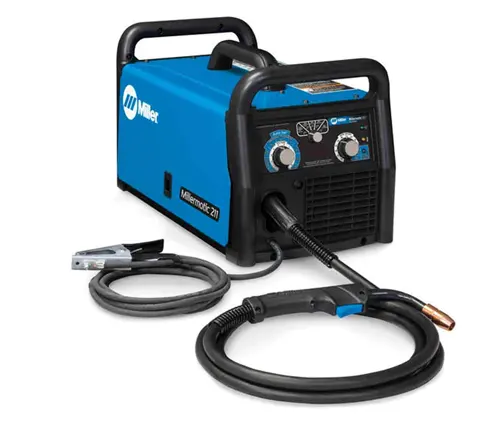
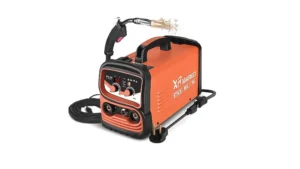



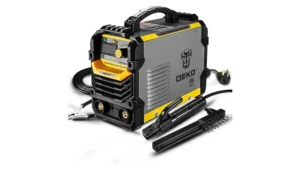
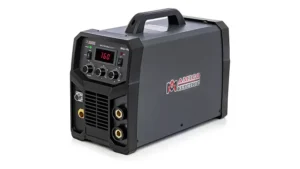
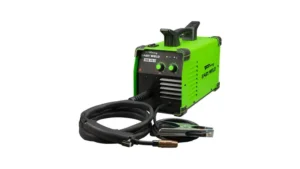
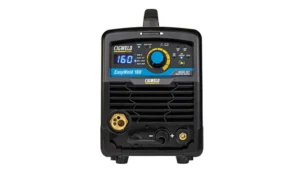

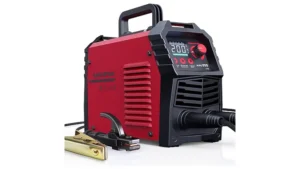
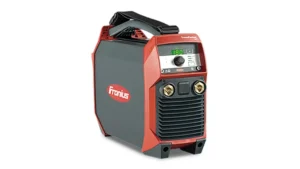
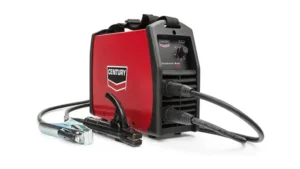
Leave your comment